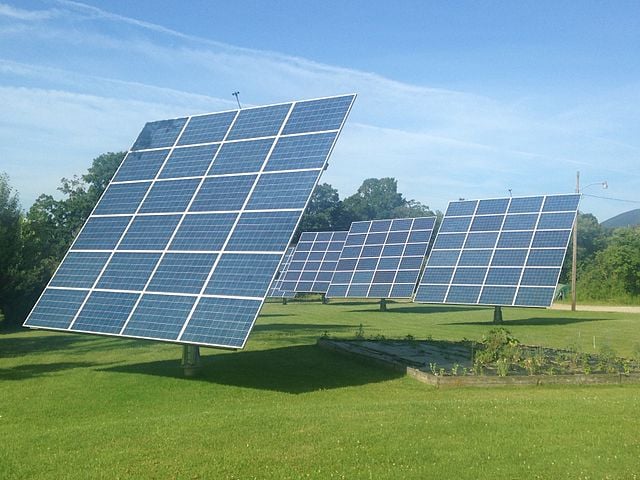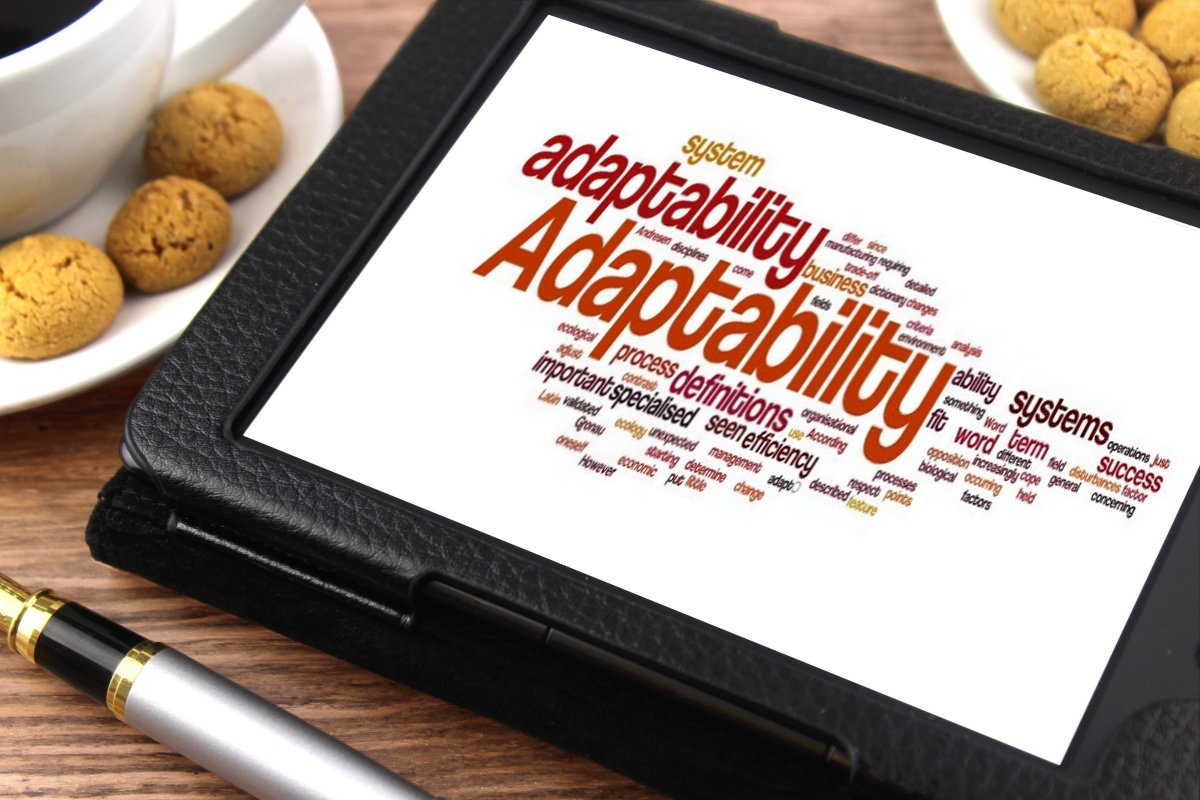When people hear that scientists predict only a 2-4 degree rise in global temperatures due to global warming, they often shrug. That doesn’t sound too bad. If a warm summer day is 85 degrees instead of 82, what’s the big deal? But a 2-4 degree rise in temperatures means much more than that, and it’s important to know what it means if we’re to understand why climate scientists call for an immediate reduction in carbon emissions world-wide.
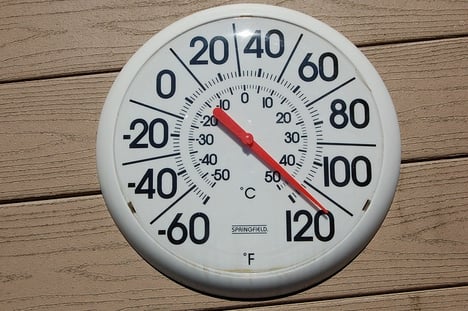 Image by Flickr user Conservation Law Foundation
Image by Flickr user Conservation Law Foundation
For one, the temperature index used by most climate change scientists is Celsius, not Fahrenheit. Two-four degrees Celsius is four-eight degrees Fahrenheit. Instead of peaking at 82-92 degrees F, that summer day now peaks at 90-100 F. Furthermore, this increase is an average of the entire planet, and regional changes will vary considerably. While one location may experience relatively little change, another could experience a doubling of the average global temperature change; the difference between 90 and 116 degrees F can have sweeping impacts.
Small Increase, Big Effects
Perhaps most importantly, a seemingly small increase in temperature does more than raise the mercury levels in our thermometers. It drives weather. Weather is regional and is comprised of varying levels of moisture and wind, resulting in events from light rain or a hot beach day to hurricanes and droughts. A striking example is something called the Little Ice Age (the height of which occurred roughly between 1645 and 1715), when a reduction in the amount of sunlight that reached the earth’s surface (possibly caused by erupting volcanoes) is thought to have contributed to cooling winter temperatures on average 2-4 degrees Fahrenheit. Results included ice build-up and catastrophic changes to agricultural production and food availability. As temperatures rise, rather than more ice, we would experience more and longer droughts, greater variation in temperatures (i.e. the difference between minimum and maximum temperatures in a given season and between seasons) and more severe storms, depending on the region.
Interconnectedness and Feedback Loops
The interconnectedness of terrain and weather patterns across the globe make predicting what a 2-4 degree rise in average global temperatures might look like difficult. One reason for this is that a minor change in one place could result in a feedback loop that makes big changes for the globe. One of the better-known examples of a positive feedback loop is the albedo effect. Permanent ice and snow, such as in the Arctic, reflect sunlight and heat back into space and has a cooling effect on the globe. When the ice and snow melt, as is happening in the Artic today, the albedo effect is lost and even more warming occurs globally. Climate scientists don’t understand all existing feedback loops yet, and that understanding is crucial to explain how climate will affect sensitive regions that are in turn responsible for our current global climate. Take, for example, the fact that during the last ice age, which lasted over a million years (the Pleistocene epoch), a quarter of all lands were covered in ice year-round, including North America. The difference between our current climate and that last glaciation period was 5 degrees C.
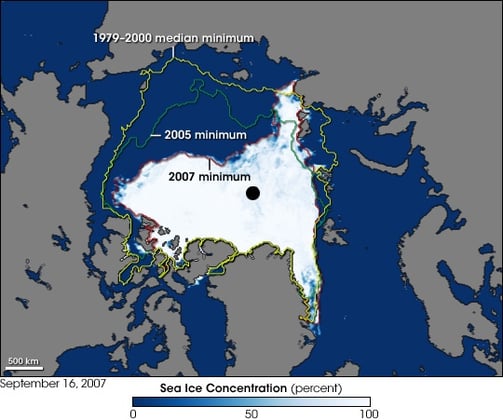 By NASA image created by Jesse Allen, using AMSR-E data courtesy of the National Snow and Ice Data (NSIDC), and sea ice extent contours courtesy of Terry Haran and Matt Savoie, NSIDC, based on Special Sensor Microwave Imager (SSM/I) data. [Public domain], via Wikimedia Commons
By NASA image created by Jesse Allen, using AMSR-E data courtesy of the National Snow and Ice Data (NSIDC), and sea ice extent contours courtesy of Terry Haran and Matt Savoie, NSIDC, based on Special Sensor Microwave Imager (SSM/I) data. [Public domain], via Wikimedia Commons
The current extinction rate is 1000 times higher than what we’ve observed as the natural background rate (according to an article published in Science on May 29th, 2014). Though some of this is attributable to other forcings (overpopulation, natural recourse consumption), ecologists studying this phenomenon have observed the sensitivity and vulnerability of other living organisms to even the slightest temperature fluctuations. The loss of so many species can disrupt vital mechanisms in the functioning of a given food chain.
Despite humanity’s ability to innovate, we are quite vulnerable to the potential impacts of climate change. Populations will migrate from flooded coastlines and dry farmlands to areas less affected, creating conflicts over resources. The social impacts of climate change have been given trillion dollar figures by leading economists (see https://www.epa.gov/climatechange/social-cost-carbon).
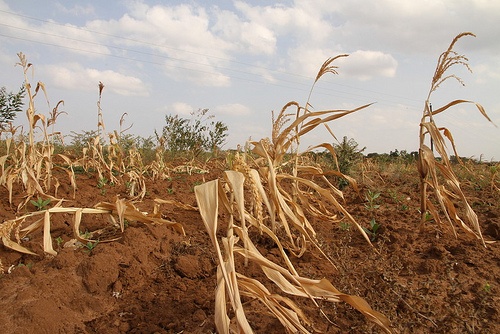 Image by Flickr user Samenwerkende Hulporganisaties
Image by Flickr user Samenwerkende Hulporganisaties
The most pertinent question is: how can we adapt? Part of that adaptation is mitigation, i.e., reducing our carbon emissions to stall or reverse the worst effects of climate change. Constructing energy efficient, zero carbon buildings is an important part of that work.
In a future post, I plan to cover topics related to the mitigation of and adaptation to the coming changing of the climate. Stay tuned!

